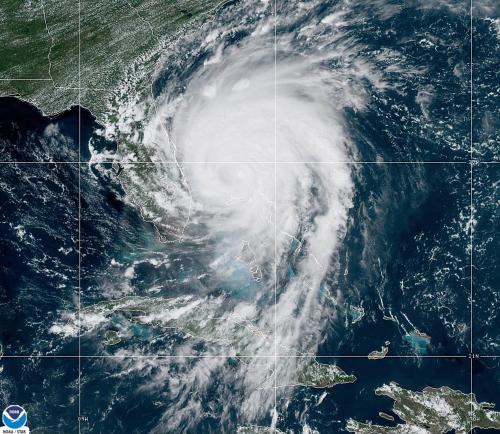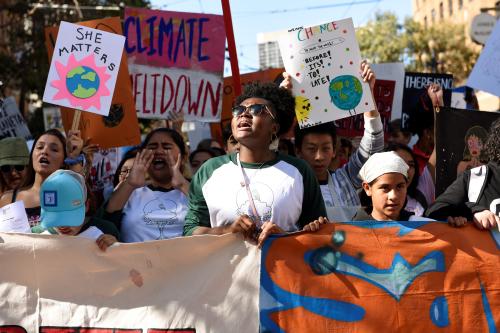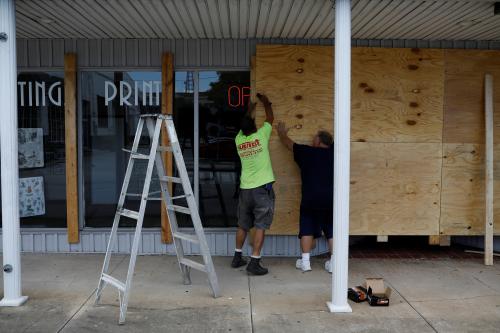This year, the Gulf Coast’s recovery from Hurricane Katrina has become President Obama’s responsibility. How bad a situation has he inherited?
The good news is that, on the fourth anniversary of the storm, New Orleans is weathering the recession relatively well. Since June 2008, the metro area has shed only about one percent of its jobs, significantly less than the 4.1 percent of jobs that have been lost nationally. Over the past 12 months, unemployment in New Orleans has mostly hovered around 5 percent. It recently jumped to 7.3 percent, primarily because of an increase in the number of new job seekers (like recent college graduates), but that is still well below the national average of 9.5 percent. At a time when falling home values are keeping many Americans from moving, the city has attracted 10,000 new households, the biggest one-year expansion since 2007.
Continuing repairs to roads, bridges and public buildings in New Orleans are helping shield the area from a more serious slump. The region is also fortunate not to rely heavily on industries like manufacturing that are shedding jobs. And it has benefited from job growth in its sizable government sector, which handles many recovery-related contracts and activities.
Yet New Orleans is not impervious to the economic crisis. Its housing market has stalled, with 39 percent fewer people buying homes this year than did the year before, and 48 percent fewer new homes being built. Also, a drop in consumer spending has hurt city sales-tax revenues.
Meanwhile, New Orleans still has more than 62,000 blighted and vacant houses and apartment buildings. Rents have leveled off, but they remain 40 percent higher than they were before the storm. People worry about what kind of good, long-term jobs there will be to replace recovery-related jobs when those disappear.
In the past eight months, a number of Obama administration officials have visited New Orleans and Mississippi, and they have found ways to help — for example, by accelerating the pace of repairs and by finding homes for families still living in trailers. But next year’s five-year anniversary represents, for many, the midpoint in a 10-year recovery. President Obama’s biggest challenge is to work effectively with Louisiana officials and the next mayor of New Orleans to generate enough progress before next August to show that the city is truly reinventing itself, rather than simply returning to a suboptimal normal.



Commentary
Op-edThe State of New Orleans: An Update
August 27, 2009